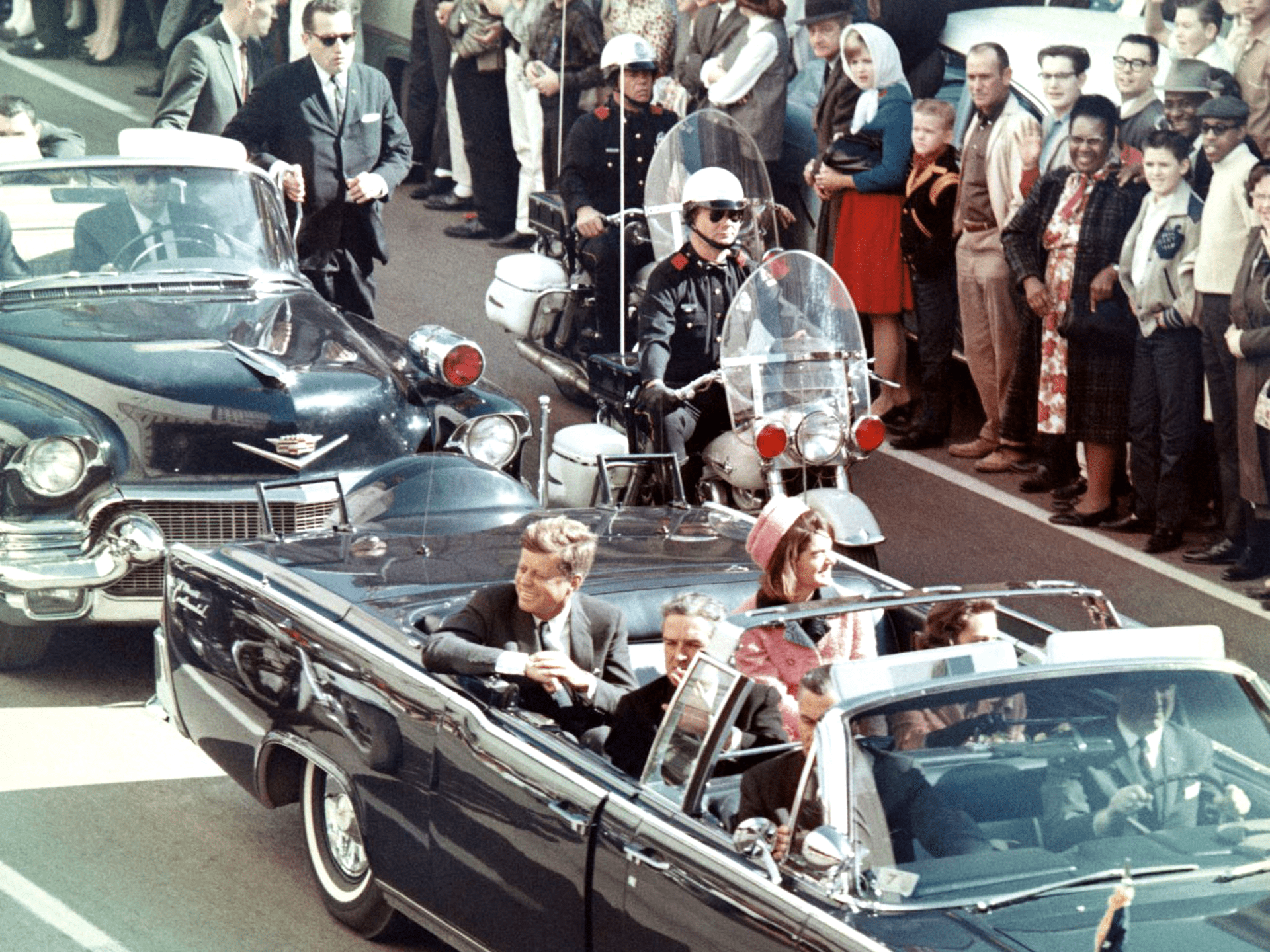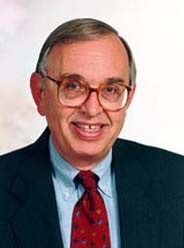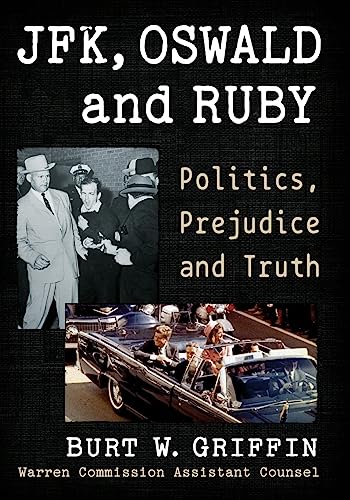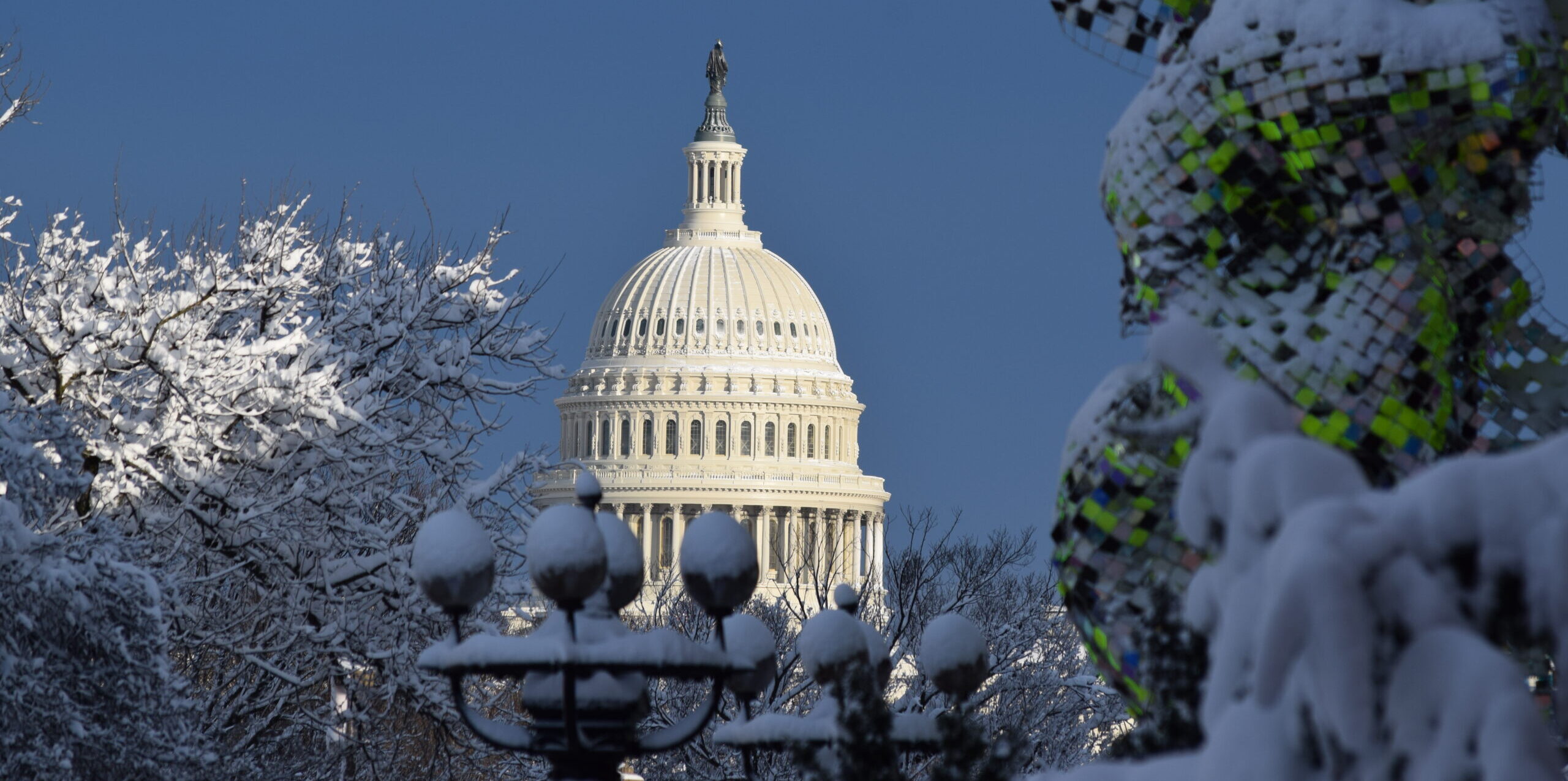 Watch a thought-provoking conversation with former Warren Commission lawyer Judge Burt Griffin, as he shares his experiences in investigating the assassination of President John F. Kennedy. Drawing from his experiences as the Commission’s assistant counsel, Judge Griffin uncovers the evidence of whether Jack Ruby was involved in a conspiracy to assassinate President Kennedy, Lee Harvey Oswald, or both.
Watch a thought-provoking conversation with former Warren Commission lawyer Judge Burt Griffin, as he shares his experiences in investigating the assassination of President John F. Kennedy. Drawing from his experiences as the Commission’s assistant counsel, Judge Griffin uncovers the evidence of whether Jack Ruby was involved in a conspiracy to assassinate President Kennedy, Lee Harvey Oswald, or both.
During our webinar, we’ll discuss his latest book, “JFK, Oswald and Ruby: Politics, Prejudice and Truth,” which explores the conflicting ambitions of Oswald and other key players in the events leading up to the assassination. Judge Griffin’s book reveals his initial doubts and how he conducted his investigation of the assassination, sifting through evidence and revealing concealed, withheld, or exaggerated facts. After nearly sixty years of research, Judge Griffin concludes that Lee Harvey Oswald acted alone in the assassination.
Like all USCHS programs, this webinar is free and open to the public; registration is required.
Little known fact: USCHS now occupies the same office suite the Warren Commission used when investigating President Kennedy’s assassination.

Judge Burt W. Griffin served as Assistant Counsel to the Warren Commission, President Johnson’s commission on the assassination of President Kennedy. In this role, he was responsible for investigating the involvement of Jack Ruby and the circumstances surrounding the shooting of Lee Harvey Oswald.
Judge Griffin earned his B.A. in Political Science, graduating cum laude from Amherst College in 1954, and his LL.B. from Yale Law School in 1959. His distinguished career includes serving as Executive Director of the Cleveland Legal Aid Society and National Director of the Legal Services Program at the U.S. Office of Economic Opportunity.
In January 1975, Judge Griffin was appointed to the Court of Common Pleas of Cuyahoga County, Ohio, where he served for many years. He is also the author of JFK, Oswald, and Ruby: Politics, Prejudice, and Truth and Cities Within a City: On Changing Cleveland’s Government.
Judge Griffin currently resides in Shaker Heights, Ohio.









